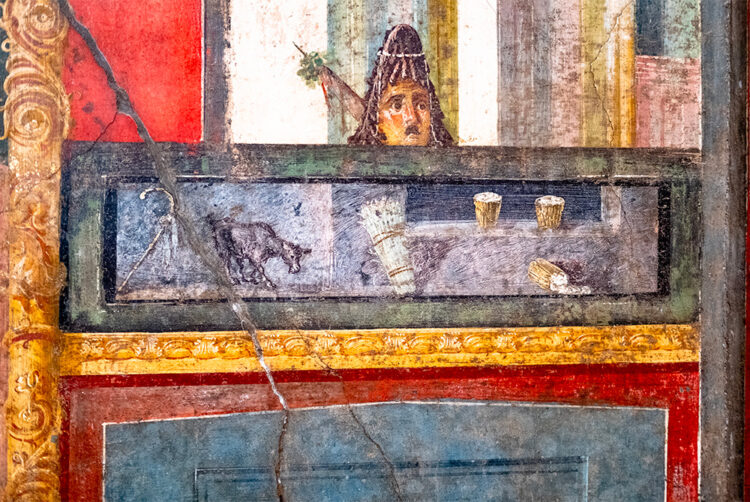Why the Oldest Media Leads the Way with Measurement (Again)


Out-of-home (OOH) is the OG of advertising. People have been putting commercial messages on walls and boards since the time of the Romans. The walls of ancient Pompeii were covered with ads for restaurants, hairdressers and upcoming gladiator fights – not so very different from modern day London or New York.
But if OOH is the oldest media, then it also has the oldest media measurement problem. Sure, you can put up a poster in the street. You can count the people who walk past it. But how can you be certain that anyone noticed it?
There is a big difference between things that people have the opportunity to see and things that people actually look at.
This is a challenge that the OOH industry has taken head on. Rather than simply count the impressions that a poster campaign has been likely to have delivered, and leave it to the clients to worry about the likelihood of viewing, the out-of-home suppliers have taken it upon themselves to guarantee actual visual attention to their inventory. Unlike any other media available, when you buy OOH, you’re not buying impressions, you’re buying attention.
The ever-increasing sophistication of OOH measurement has been highlighted by the recent announcement of changes to the way Route Research calculates audiences and attention for its clients. If OOH was already ahead of the game, it is now in a league of its own.
How do they do this? The first step is to ensure that every OOH site in the country is viewable. You won’t find any billboards behind locked doors or underwater in the lake — unlike some of their digital or social equivalents, according to former Unilever CMO Keith Weed’s analogy. A great deal of research goes into siting OOH frames so that their sight lines are clear and unobscured to ensure 100% unimpeded viewability.
The next step is to count how many people could see the posters. OOH is the ultimate one-to-many media: a single impression can reach thousands of people in a day, and the same frame can be seen multiple times in a week if someone passes it on their way to and from work each day. Traffic flow research has been an integral part of the OOH currency for years now, and has been radically updated by the incorporation of Ipsos’s mobile people meter technology. Now, we not only know how many people are passing a screen, but we also know their speed: whether they are driving, walking, wending or waiting.
But even then, we’re still just measuring the opportunity to see. What advertisers are interested in is attention. And this is where OOH already led the way, and has now gone one step further.
Since the mid-2000s, OOH has used eye-tracking research to calculate how likely passersby are to look at posters and bus sides. Originally, this was done using static images: respondents would be shown photos of street scenes, and eye tracking was used to see how many people noticed the ads in the picture. Lumen Research has worked with Route to update the attention data to take into account movement in the visual scene and pedestrian speed. We’ve conducted eye tracking tests on videos rather than photos, and controlled for creative effects by randomising the order of the creative in the videos using Hollywood-style special effects.
What this means is that when you buy an OOH frame, you can know that the site itself is 100% viewable; that, say, 10,000 walk past it in a day; and that 89% of people are likely to notice the ad; so that your actual eyes-on audience is 8,900 individuals. It’s these 8,900 contacts that you pay for.
This makes OOH the only media available to buy that has a built-in ‘attention guarantee’. In that sense, it is a zero-wastage media: you only pay for the attention you get.
And it points the way for other media to follow. Increasingly, clients and agencies on the buyside are coming to the understanding that viewability is not enough; attention is the true measure of media value. Agencies such as dentsu and Havas have built attention estimates into their planning tools so that they can compare the attention power of different media on a like-to-like basis. Combining the ‘attention per 000 impressions’ with the ‘cost per 000 impressions’ allows them to calculate the true cost of attention — an ‘attentive CPM’.
What the sell-side has to understand is that buy-side gets what the buy-side wants. OOH has opened up an impressive lead — both theoretically and practically — in delivering attention rather than mere impressions. Its future growth and success will lead other media to follow suit.